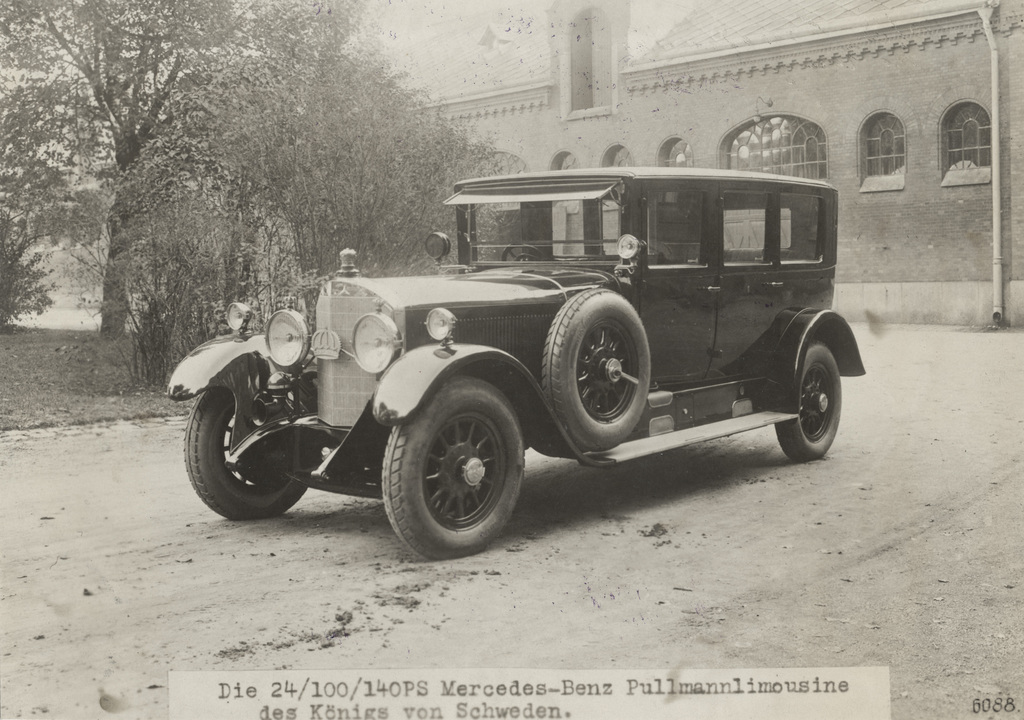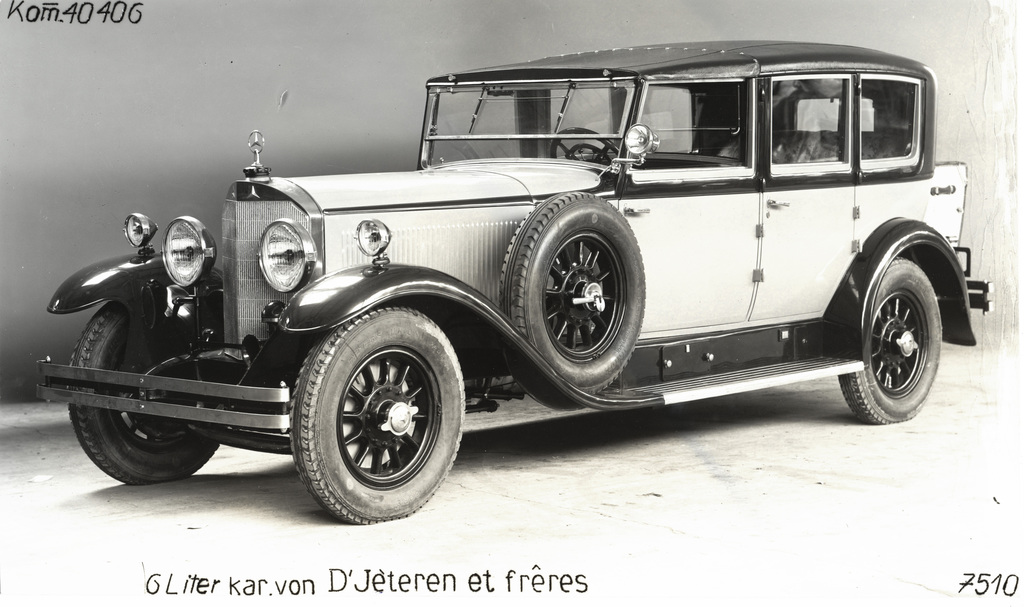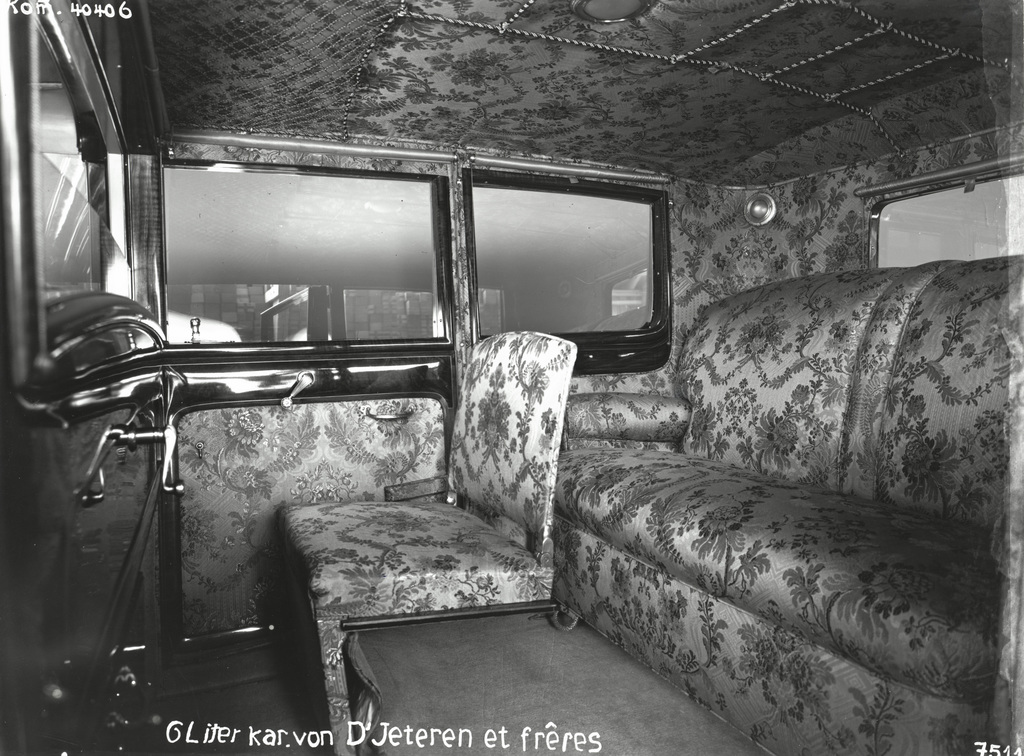1926→1929 Mercedes-Benz 630 K
In 1926 the 24/100/140HP model Mercedes was renamed into the Mercedes-Benz 630 K. A centerpeice of the car’s design was it’s supercharged six-cylinder engine which could produce 140hp and reach speeds near 90mph (145 kph).
In October 1928, the Model 630 was upgraded, whereby the more powerful engine with 160 hp (118 kW) from the K model was also supplied as an option for the normal touring car. In the plant’s documentation this variant was described as the ‘Model 630 with a K engine’ or ‘6-litre car with a K engine’. This combination assumed the flagship position in Daimler-Benz AG’s passenger car range up until the ‘Super Mercedes’ appeared on the scene in October 1930. It developed into the somewhat more durable variant, and – eventually – also the more sought-after one. Production of the chassis and car with the 140 hp (103 kW) engine ceased in 1929, that with the 160 hp (118 kW) K engine a year later. Naturally this did not exclude so-called stock vehicles from only being sold and registered much later.
As the years went by some changes were made so as to keep the vehicles up to date. These included those carried out in 1926 to replace the rear cantilever springs by semi-elliptic springs, which were fitted beneath the rear axle from the outset. From autumn 1927 the three metal tubes were added as trim for the exhaust pipes which ran on the outside of the bonnet at that time, and from October 1928 customers could choose to have the aforementioned engine from the Model K installed – just in the open touring car at first but then later in all the other body variants too. This was followed in 1928/29 by the inclusion of a Bosch-Dewandre brake booster.
As development continued there were only minimal changes to the range of bodies on offer. Particularly impressive features by current standards include the two open-top touring cars with five or seven seats, which were also available with an attachable saloon body in the style of a present-day hardtop.
In Detail
| submitted by | admin |
| type | Series Production Car |
| production years | 1926 – 1929 |
| built at | Untertürkheim, Germany |
| engineers | Ferdinand Porsche |
| engine | Inline-6 |
| position | Front, Longitudinal |
| aspiration | Supercharged |
| displacement | 6240 cc / 380.79 in³ |
| power | 104.4 kw / 140 bhp |
| specific output | 22.44 bhp per litre |
| length | 3750 mm / 147.6 in |










